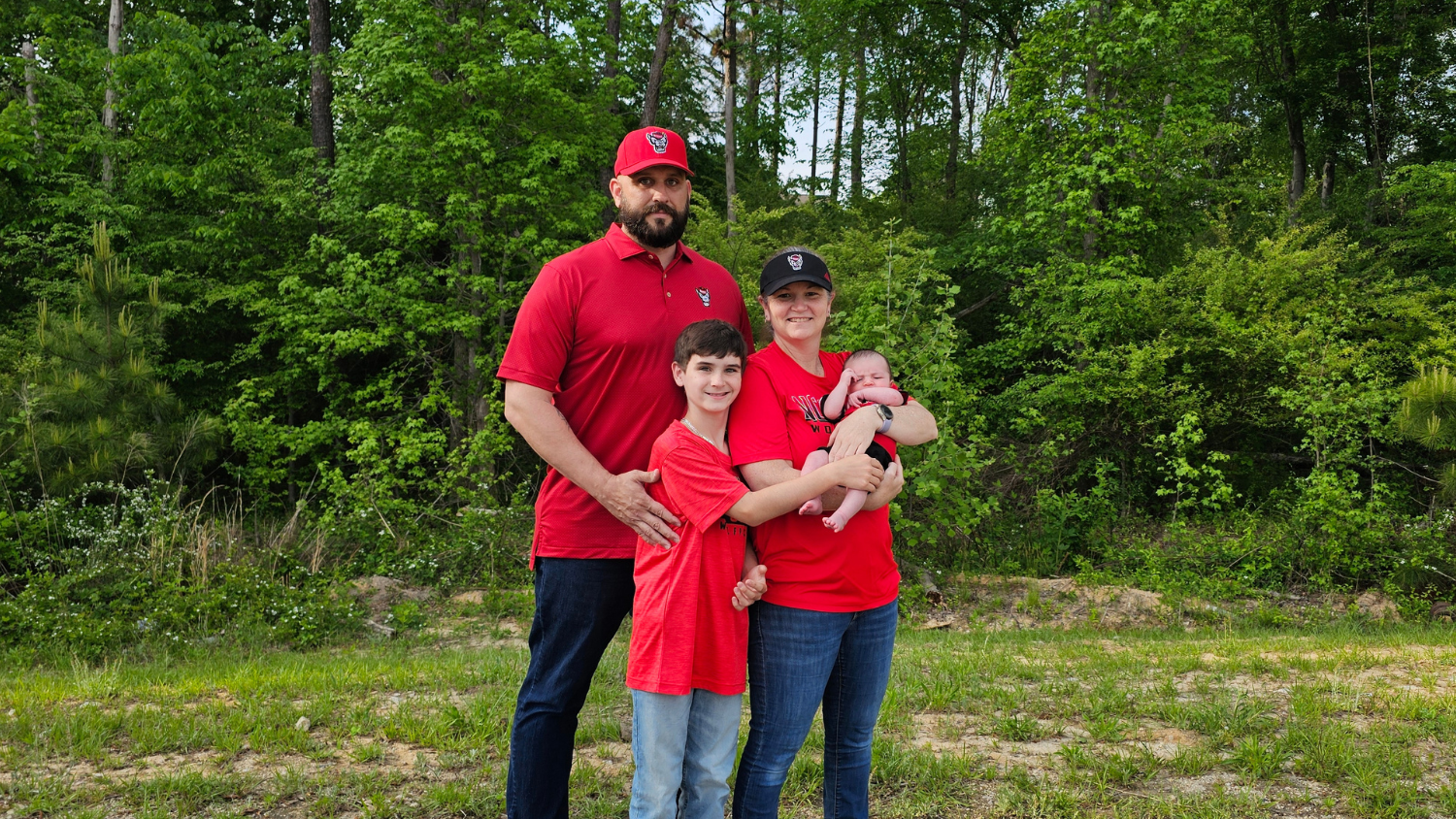Study Finds Nonprofit Partnerships Can Help Solve Bureaucratic Tangles

Many nonprofit organizations steer clear of large, public-serving agencies due to concerns about becoming entangled in bureaucratic red tape. But new research suggests that some nonprofits may be able to better serve their constituents by partnering with public institutions in order to navigate the bureaucracy and access services more efficiently.
“This finding stems from a qualitative study we did of nonprofit organizations and public universities in a major metropolitan area,” says Jason Coupet, first author of a paper on the work and an assistant professor of public administration at North Carolina State University. “These nonprofits were focused on helping high school students transition successfully to college. We knew the nonprofits were trying to partner with public universities and – given the bureaucracy associated with higher education – we wanted to know why.”
To learn more, the researchers interviewed 17 nonprofit personnel and 16 university personnel about the degree to which they sought partnerships and why.
“We found that a driving factor for these public-nonprofit partnerships was the nature of institutional bureaucracies – the very thing we thought would keep nonprofits away,” Coupet says.
Specifically, the researchers found that a public-nonprofit partnership gave nonprofits access to contacts that could help them more efficiently navigate bureaucratic channels in order to access services that were already available.
“Making the process more efficient is good for the institutions, the nonprofits, and the students that they both serve – because fewer people can spend less time in order to get the desired result,” Coupet says. “Less time wasted means lower costs for everyone concerned.
“And while this study focused on the education sector, the finding is likely relevant for any sector in which public agencies provide services, from public health to housing to veterans affairs,” Coupet says.
A next step is to better determine how often these public-nonprofit partnerships are aimed at reducing bureaucratic costs, as well as what distinguishes effective partnerships of this kind from ineffective ones.
“We’d like to see what’s working and what’s not when it comes to navigating bureaucracy, so that we can provide insights into best practices for both nonprofits and agencies,” Coupet says.
The paper, “Collaborative Value in Public and Nonprofit Strategic Alliances: Evidence from Transition Coaching,” is published in the journal Administration & Society. The paper was co-authored by Kate Albrecht and Teshanee Williams, Ph.D. students at NC State; and Sue Farruggia, assistant vice provost for undergraduate affairs of the University of Illinois at Chicago.
The work was done with support from the Association of Public and Land-grant Universities and NC State’s Institute for Nonprofits.
This post first appeared on the NC State news site.


